Wendy’s Use of AI for Drive-Thru Orders: Is AI the Future of Fast Food?
The fast-food industry is evolving, and technology is at the center of this transformation. Wendy’s, in partnership with Google Cloud, has introduced FreshAI, an AI-powered ordering system designed to make drive-thru service faster, more accurate, and more efficient. This innovation goes beyond convenience and aims to enhance the ordering experience by reducing errors, streamlining service, […] The post Wendy’s Use of AI for Drive-Thru Orders: Is AI the Future of Fast Food? appeared first on Unite.AI.


The fast-food industry is evolving, and technology is at the center of this transformation. Wendy’s, in partnership with Google Cloud, has introduced FreshAI, an AI-powered ordering system designed to make drive-thru service faster, more accurate, and more efficient.
This innovation goes beyond convenience and aims to enhance the ordering experience by reducing errors, streamlining service, and personalizing interactions. With Artificial Intelligence (AI) handling more of the process, fast-food chains can serve customers more efficiently than ever.
As AI becomes more integrated into the industry, it is reshaping the way orders are placed and processed. While improving efficiency and accuracy, it also changes workforce roles and customer interactions. This transformation is the beginning of a new era for fast food, where automation and technology play a larger role in everyday operations.
The Rise of AI in Fast Food Chains
Major fast-food chains like McDonald's, Taco Bell, and KFC are actively experimenting with AI to improve service speed and order accuracy. However, Wendy's is leading the race with its AI-powered drive-thru system, FreshAI.
Wendy’s drive-thru sales account for nearly 70% of its total revenue, making it a prime area for automation and optimization. AI can efficiently process voice orders, handle payments, and suggest add-ons while minimizing human errors. This not only speeds up service and improves accuracy but also enhances the overall customer experience by reducing wait times and offering personalized interactions.
The integration of AI in fast food provides several key benefits. By automating routine tasks, AI allows staff to focus on more critical aspects of customer service, improving overall efficiency. AI-driven analytics also help restaurants understand customer preferences, optimize menu offerings, and reduce food waste, which contributes to both profitability and sustainability.
With the persistent advances in AI, fast-food chains are shifting towards more personalized and efficient dining experiences. AI-powered systems can better predict customer preferences, streamline kitchen operations, and optimize supply chains than traditional methods. This transformation is not just about boosting efficiency; it is about enhancing customer satisfaction and loyalty by providing a seamless, contactless experience.
Wendy’s AI-Powered Drive-Thru System (FreshAI)
FreshAI uses advanced natural language processing (NLP), machine learning (ML), and generative AI to optimize the fast-food ordering experience. FreshAI enhances order speed, accuracy, and personalization, setting a new benchmark for AI-driven automation in quick-service restaurants (QSRs).
Unlike conventional voice recognition systems, FreshAI employs deep learning models trained on thousands of real-world customer interactions. These models enable it to process complex orders, handle customizations, and understand diverse speech patterns, including different accents, dialects, and colloquial phrases. The AI continuously refines its accuracy through real-time feedback loops, ensuring improved performance with each interaction.
Key Features and Technical Capabilities
Real-Time AI-Powered Voice Ordering
FreshAI uses speech-to-text (STT) and text-to-speech (TTS) models optimized for high-speed, low-latency interactions. The system transcribes customer speech, processes the request using context-aware NLP algorithms, and generates dynamic responses with near-human conversational fluency. Unlike traditional rule-based ordering systems, FreshAI’s transformer-based models can handle interruptions, out-of-order commands, and modifications mid-conversation.
High-Speed Order Processing & Efficiency Gains
By automating the ordering process, FreshAI reduces average order time by approximately 22 seconds, enabling each drive-thru location to handle more orders per hour. The AI can process multiple customer requests in parallel, reducing bottlenecks during peak hours.
Advanced Order Accuracy with ML-Driven Customization Handling
FreshAI achieves an industry-leading ~99% order accuracy, minimizing incorrect orders and operational inefficiencies. Using neural network-based entity recognition, it accurately maps spoken requests to menu items, even when customers use ambiguous phrasing or slang. The AI’s intent recognition models detect modifications and update the order accordingly, reducing the need for manual corrections.
Multilingual and Inclusive Support
FreshAI supports both English and Spanish, catering to diverse customer demographics. The AI dynamically switches languages based on customer input, ensuring bilingual interactions without requiring manual selection. This multilingual capability is particularly important for Wendy’s locations in multicultural and high-density urban areas.
Multimodal Interaction via Digital Menu Boards
Beyond voice-based interactions, FreshAI integrates with digital menu boards, enabling real-time visual order confirmation. Customers can verify their selections on-screen before proceeding to payment, reducing errors and disputes. This multimodal AI interface combines voice and visual feedback for a more intuitive ordering experience.
Cloud-connected AI for Continuous Learning and Optimization
FreshAI operates on Google Cloud’s Vertex AI infrastructure, enabling scalable deployment, continuous model retraining, and centralized data management. Key benefits include:
- Edge AI processing: Minimizes latency by processing customer requests locally while syncing insights to the cloud.
- Federated learning models: FreshAI learns from anonymized data across multiple locations, improving response accuracy without compromising privacy.
- Dynamic menu adaptation: AI-driven analytics adjust menu recommendations based on time of day, location, and seasonal trends.
Strategic Expansion and Future AI Integration
Wendy’s is preparing to bring FreshAI to more than 500 locations by the end of 2025, making it one of the biggest AI rollouts in the fast-food world. This move is all about making ordering faster, easier, and more seamless, whether customers are using the drive-thru, self-service kiosks, or mobile apps.
Wendy’s has quite interesting plans, including AI-powered upselling, where the system suggests menu items based on what customers like, and integration with loyalty programs to recognize returning guests and offer personalized deals. There is even the potential for computer vision AI to help manage drive-thru traffic by tracking cars in real-time, reducing wait times, and keeping things running smoothly. As AI keeps evolving, Wendy's is staying ahead of the curve, using smart technology to improve speed, accuracy, and the overall customer experience.
The Benefits of AI in Drive-Thru Ordering
AI-powered drive-thru systems like FreshAI are transforming the fast-food experience by making ordering faster, more personalized, and more efficient.
One of the biggest advantages is faster service and shorter wait times, especially during peak hours when long lines can be frustrating. Unlike traditional ordering methods, AI can handle multiple orders at once, reducing bottlenecks and keeping things moving smoothly.
Beyond speed, the customer experience also gets a major boost. For example, FreshAI can recognize returning customers and suggest menu items based on past preferences while also handling complex modifications and dietary needs with ease.
On the business side, AI offers cost-effectiveness and scalability, allowing restaurants to streamline operations and reduce labor costs without sacrificing service quality. With the ability to scale across hundreds of locations, AI-powered ordering systems are quickly becoming a game-changer for major fast-food brands looking to improve efficiency and customer satisfaction.
Customer Reactions and Industry Trends
AI-powered drive-thrus are becoming more common in the fast-food industry, but not everyone is on board. Wendy’s FreshAI has received mixed feedback. Some customers appreciate the improved accuracy and reduced order mistakes, but many have run into issues. Complaints include interruptions while ordering, difficulties with custom requests, and trouble understanding different accents. There are also concerns about accessibility, particularly for those with speech impairments.
Other fast-food chains are exploring AI as well. McDonald’s is testing its own AI drive-thru system but has faced similar problems with voice recognition. Taco Bell is introducing AI-powered kiosks for in-store ordering, showing how the industry is moving forward with automation despite ongoing challenges.
AI’s role in fast food is not limited to ordering. Many companies are investing in AI chatbots to handle customer service, robotic kitchen assistants to improve food preparation, and AI-driven inventory management to cut down on waste by more accurately predicting demand.
While AI still has a long way to go, major fast-food chains are committed to refining the technology. As improvements are made, AI is likely to play a bigger role in making fast food more efficient and consistent.
Challenges and Concerns of AI in Fast Food
AI drive-thrus come with clear benefits, but they also bring a fair share of challenges. While systems like Wendy’s FreshAI are designed for accuracy, they still struggle with background noise, multiple voices, and complex or heavily customized orders. Customers with strong accents or those using slang may also run into issues, leading to frustration rather than convenience.
Beyond technical concerns, not everyone is comfortable ordering from a machine. Some customers prefer the personal touch of a human employee, especially when making special requests. There is also a level of mistrust as some people are uneasy about AI handling their orders and personal data.
The impact on jobs is another major concern. While companies insist that AI is meant to assist, not replace, workers, the fear of automation reducing employment opportunities in the fast-food industry remains.
Additionally, the issue of data privacy may also be of great concern. AI systems like FreshAI collect and process customer voice data, raising questions about how that information is stored and used. Ensuring strong security measures and compliance with privacy regulations will be crucial as AI becomes more common in fast food.
The Bottom Line
AI is steadily transforming the fast-food industry, offering faster service, improved accuracy, and greater efficiency. Wendy’s FreshAI exemplifies both the promise and the challenges of this development. While automation streamlines ordering and enhances personalization, it also raises valid concerns about job displacement, data privacy, and accessibility.
These challenges will need to be addressed in the future to ensure a seamless and inclusive experience for all customers. The future of fast food can be envisioned as an excellent combination of technology and human interaction.
The post Wendy’s Use of AI for Drive-Thru Orders: Is AI the Future of Fast Food? appeared first on Unite.AI.

_Igor_Mojzes_Alamy.jpg?#)
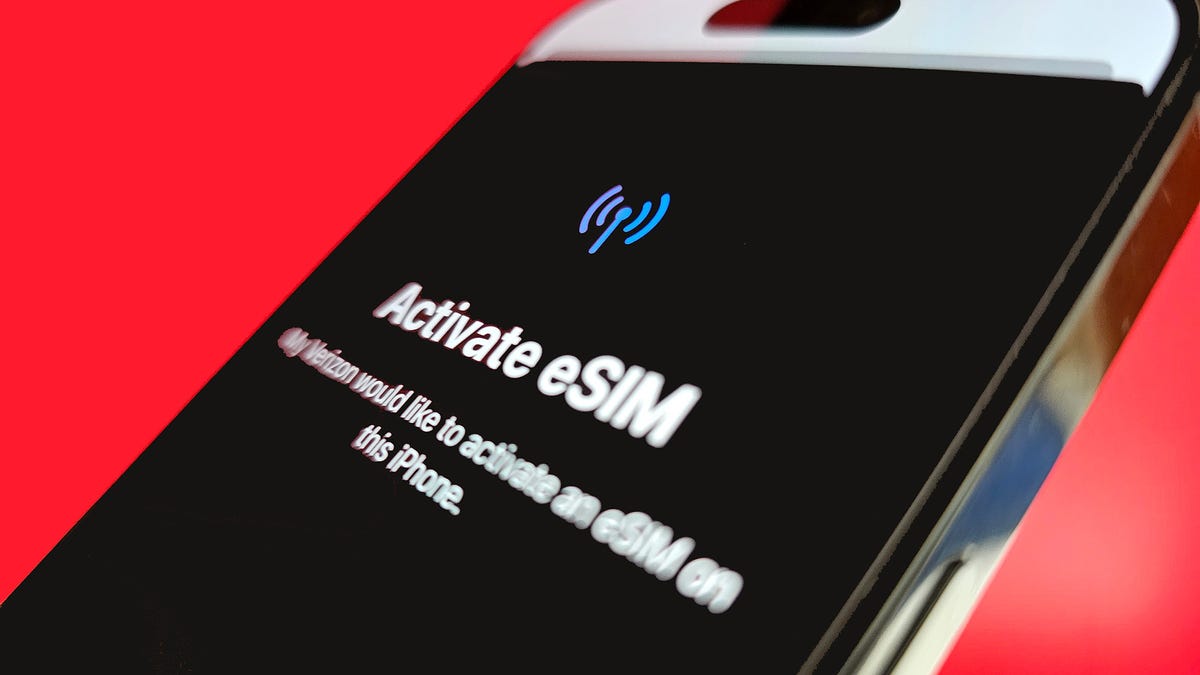



















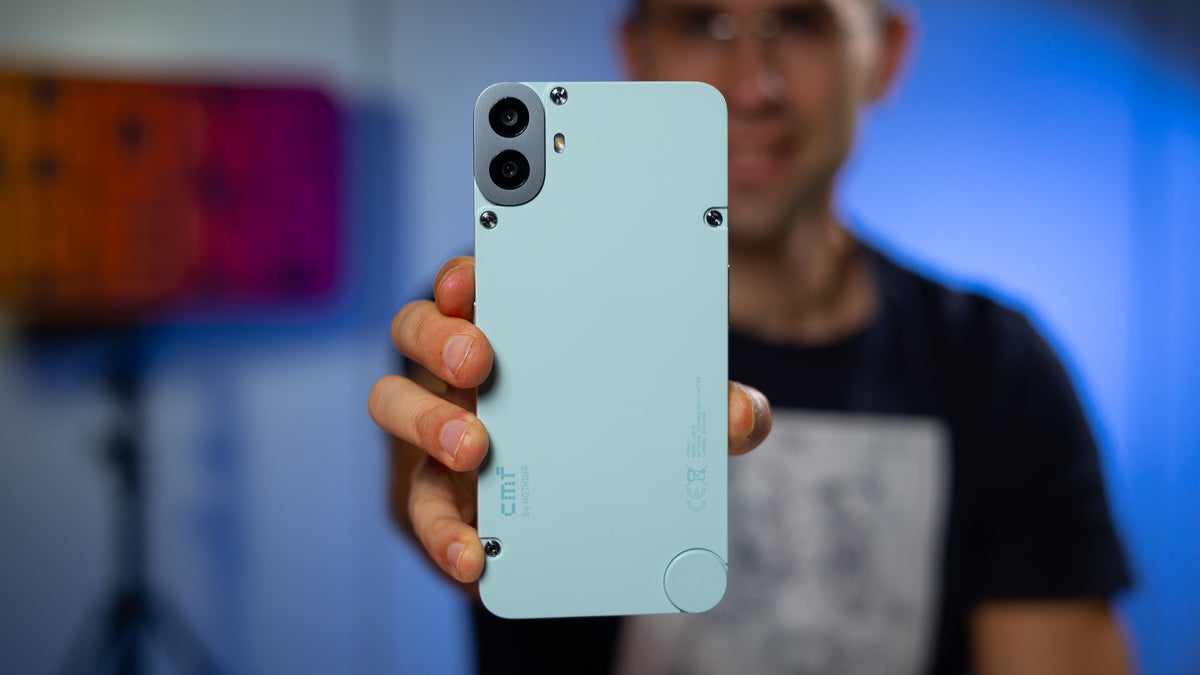






























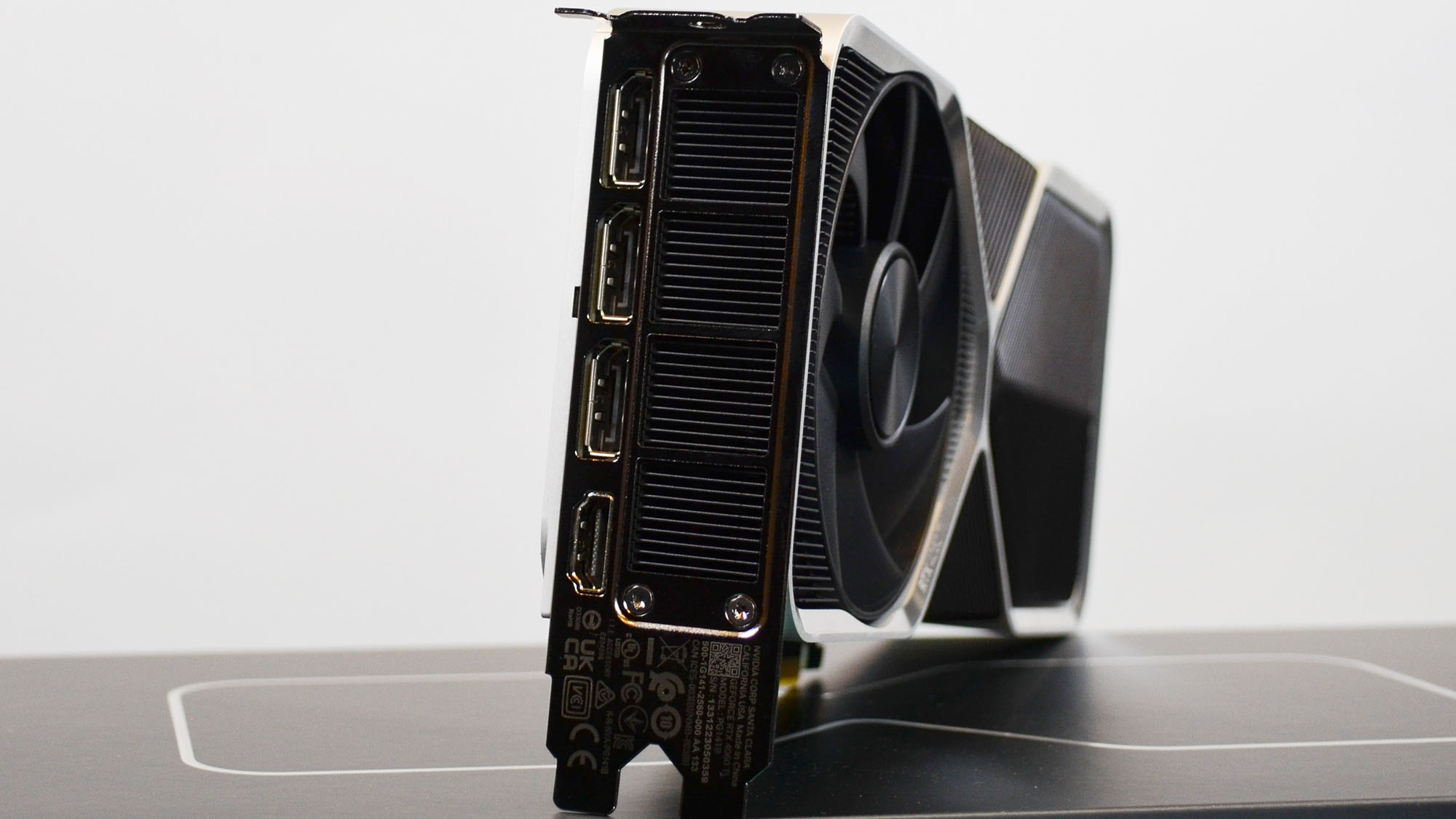












![Apple Considers Delaying Smart Home Hub Until 2026 [Gurman]](https://www.iclarified.com/images/news/96946/96946/96946-640.jpg)
![Tariffs Threaten Apple's $999 iPhone Price Point in the U.S. [Gurman]](https://www.iclarified.com/images/news/96943/96943/96943-640.jpg)
![iPhone 17 Pro Won't Feature Two-Toned Back [Gurman]](https://www.iclarified.com/images/news/96944/96944/96944-640.jpg)




















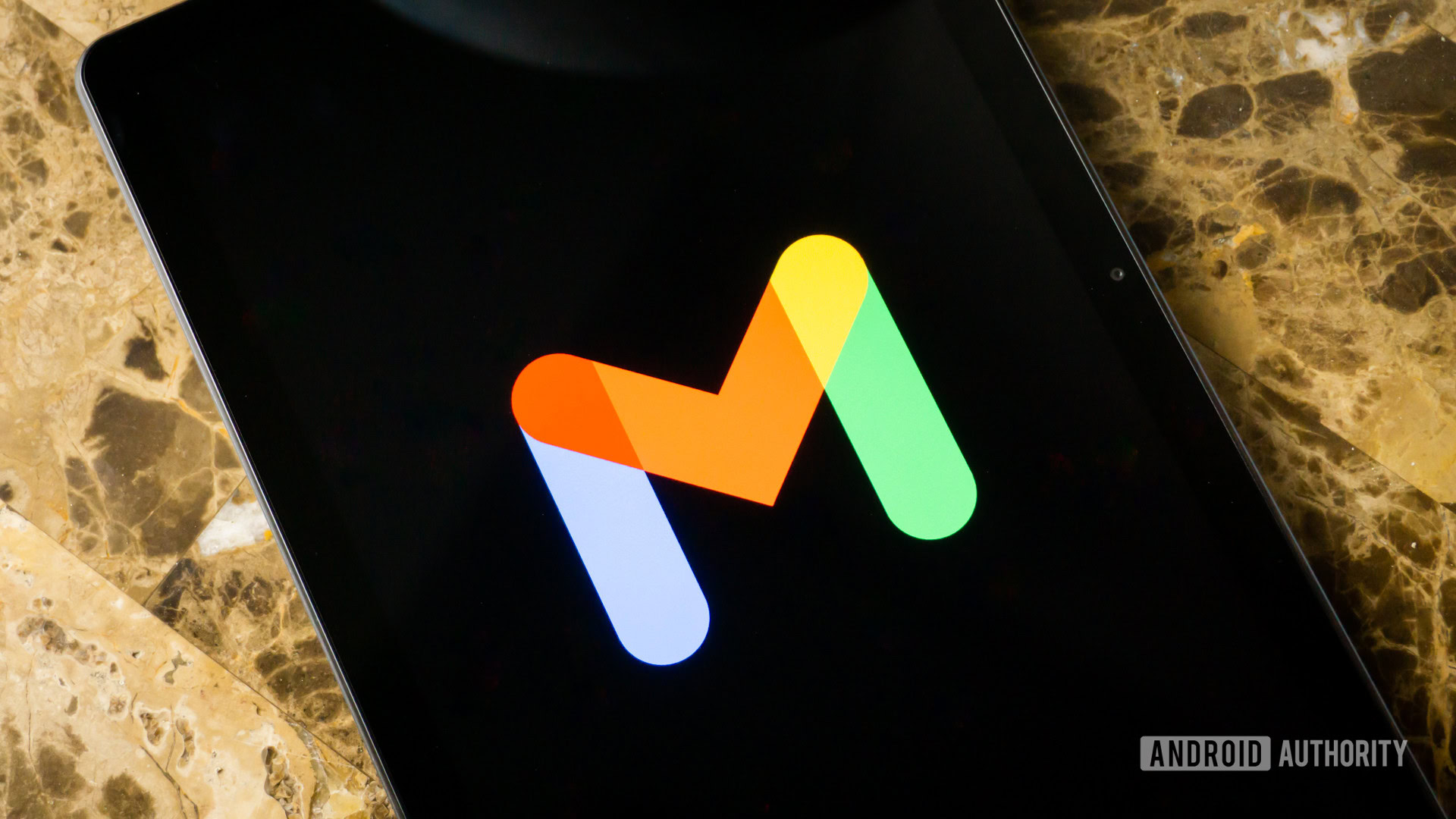
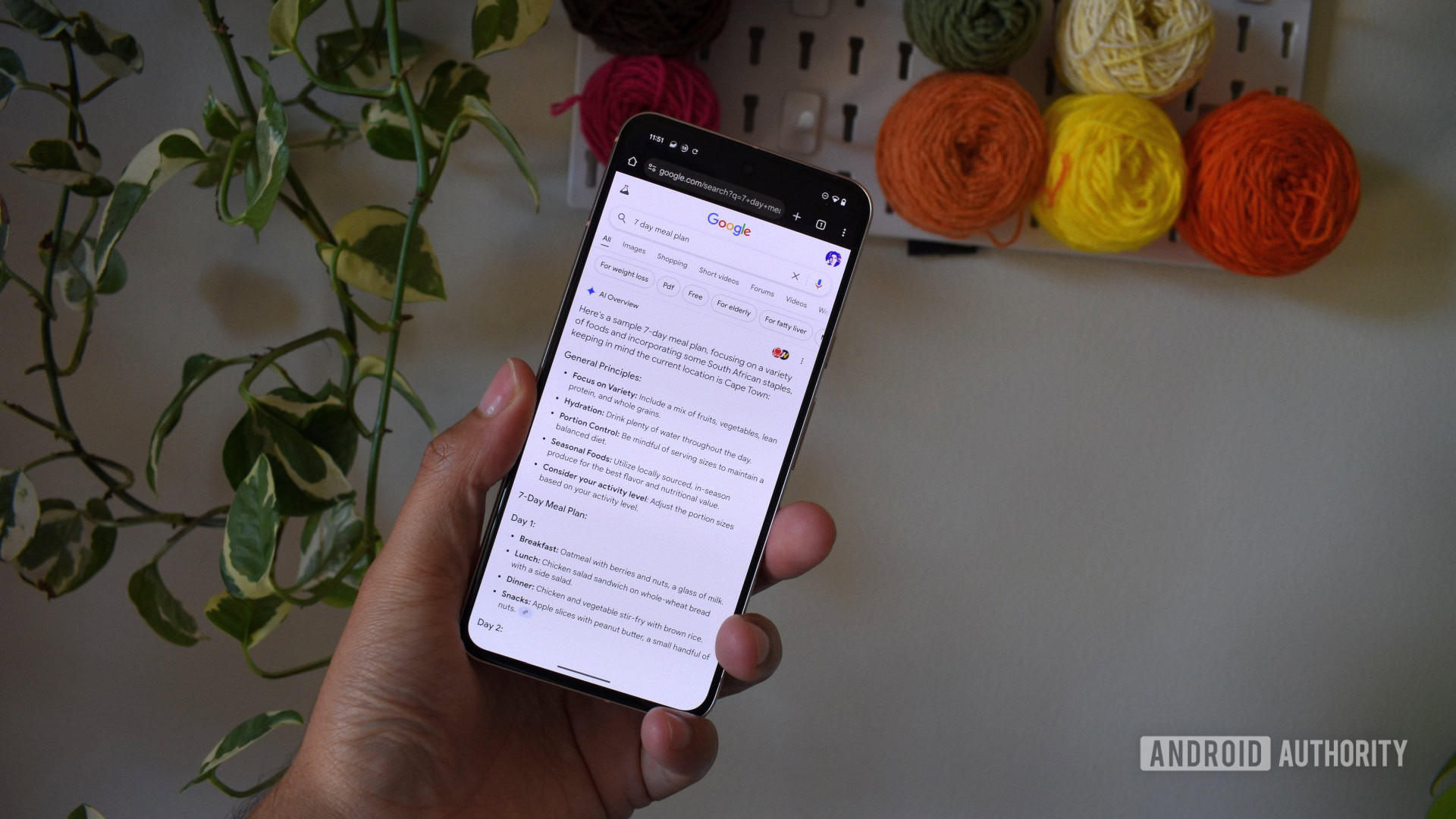
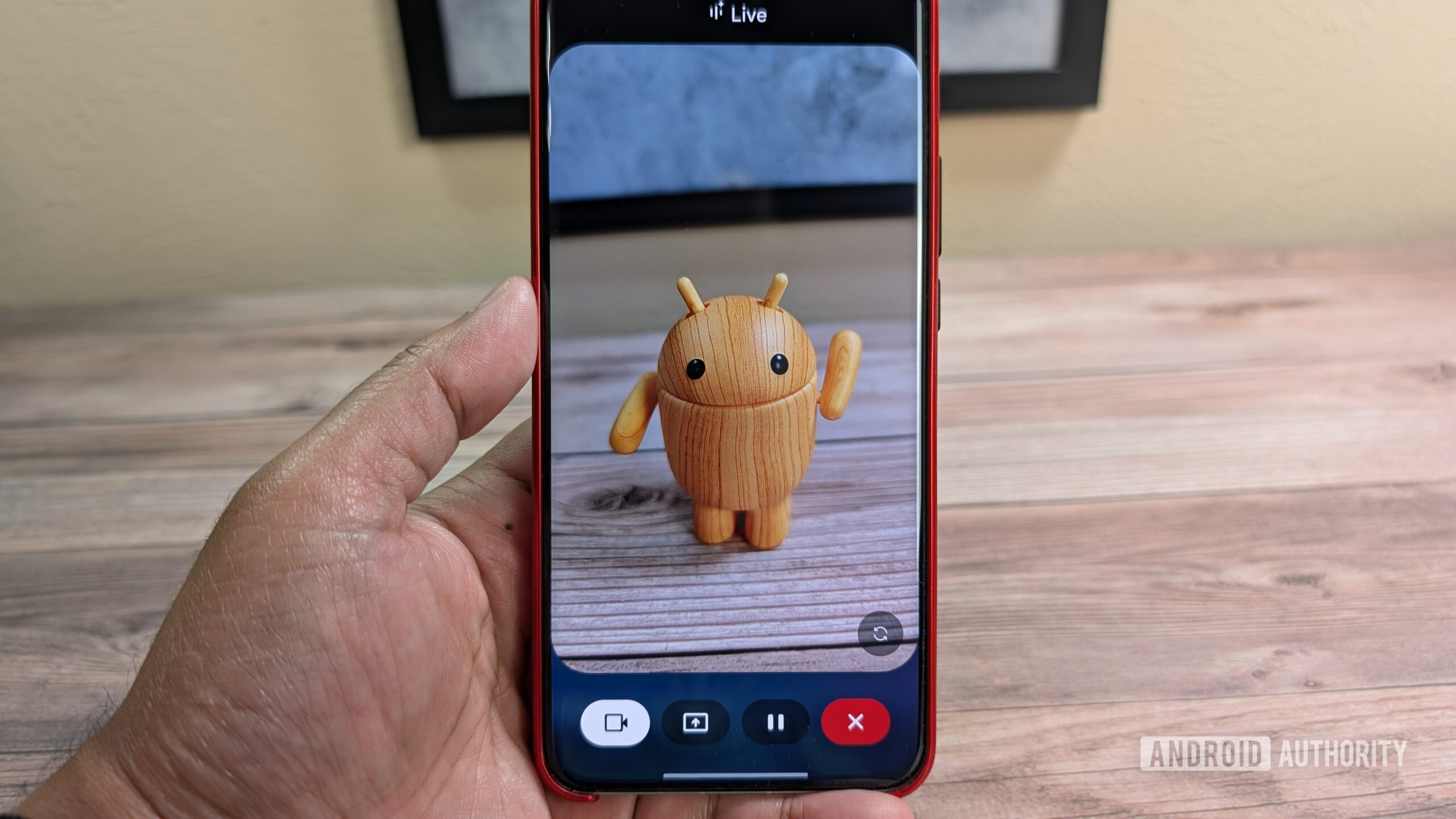

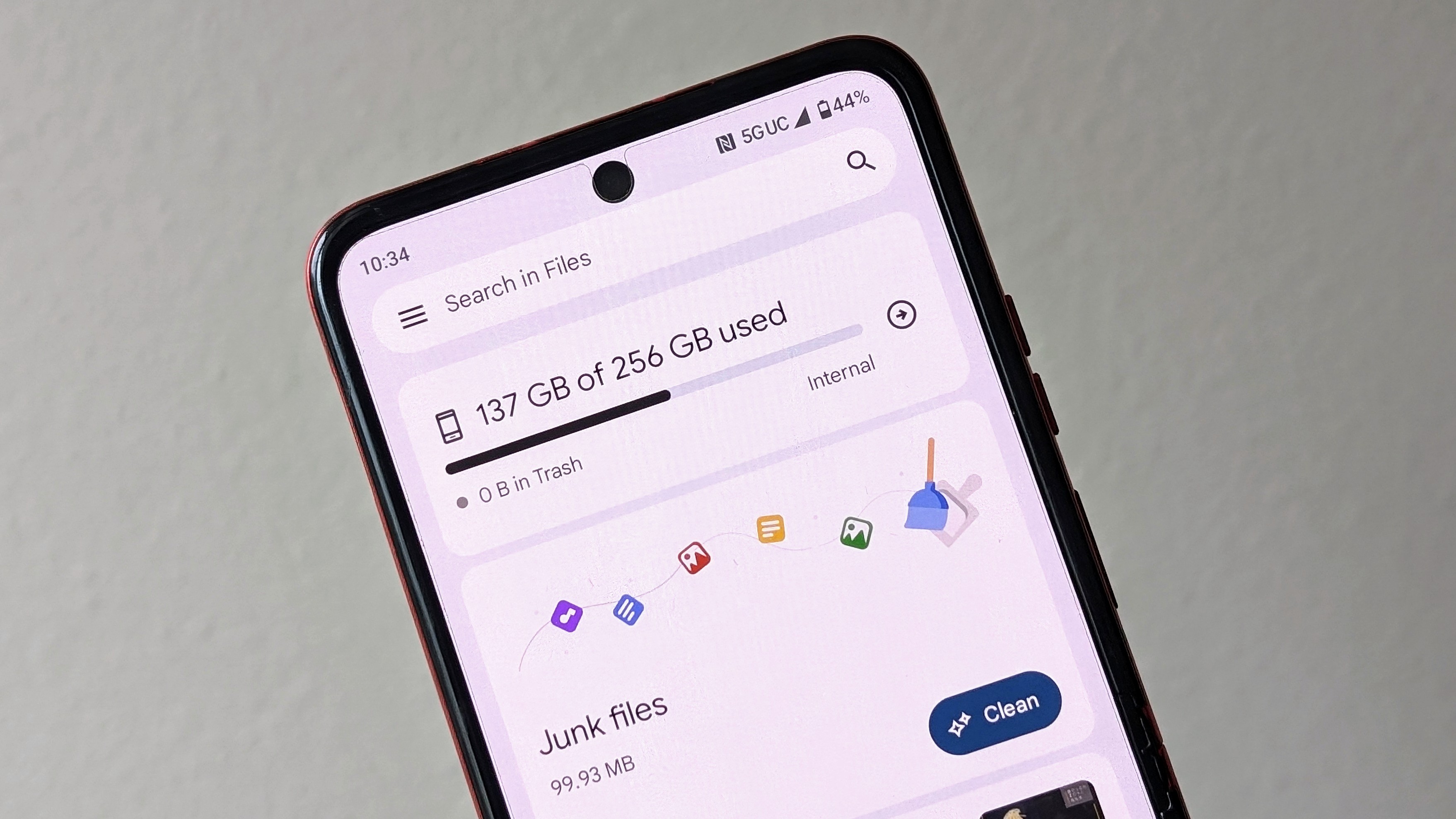

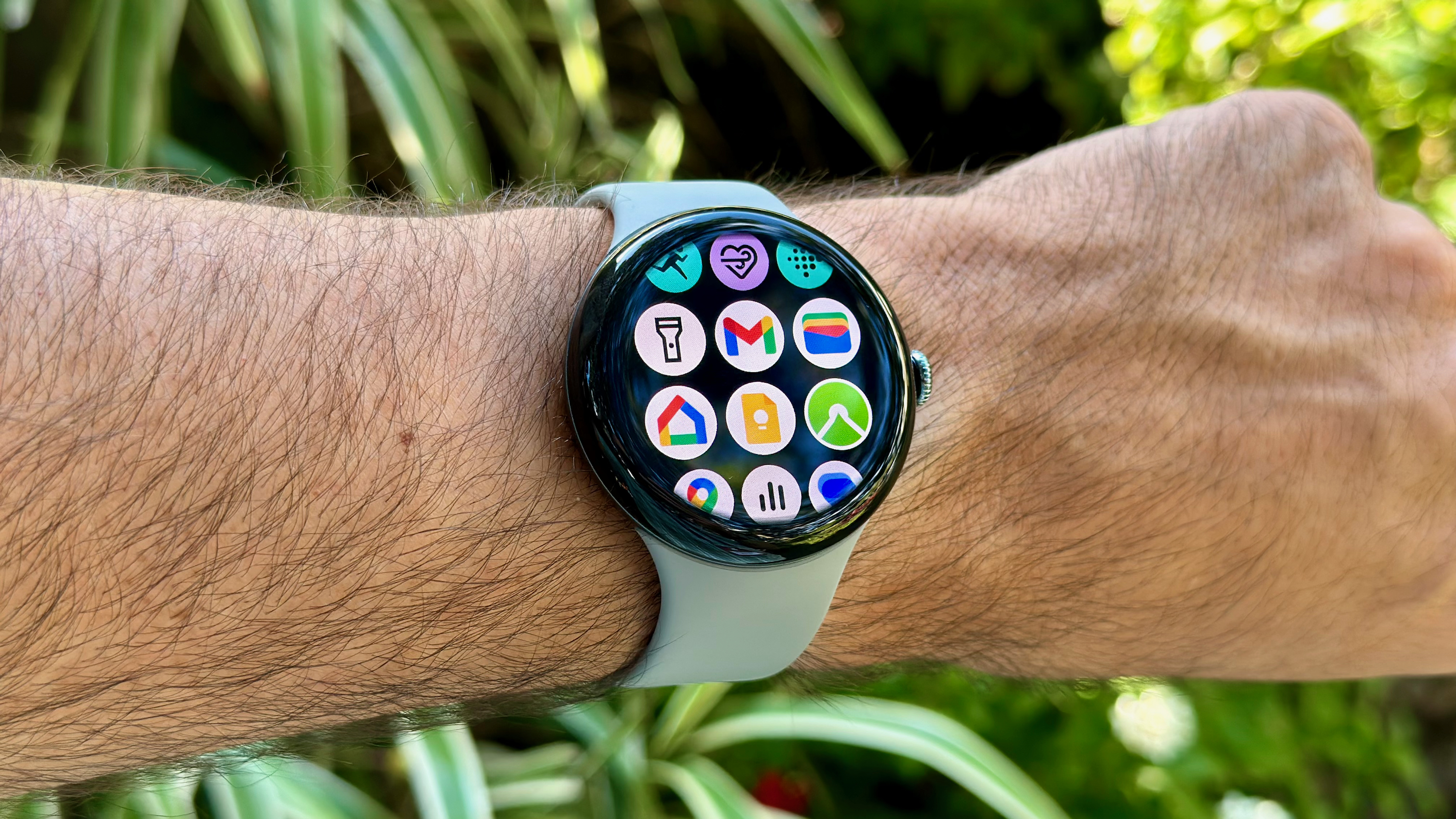




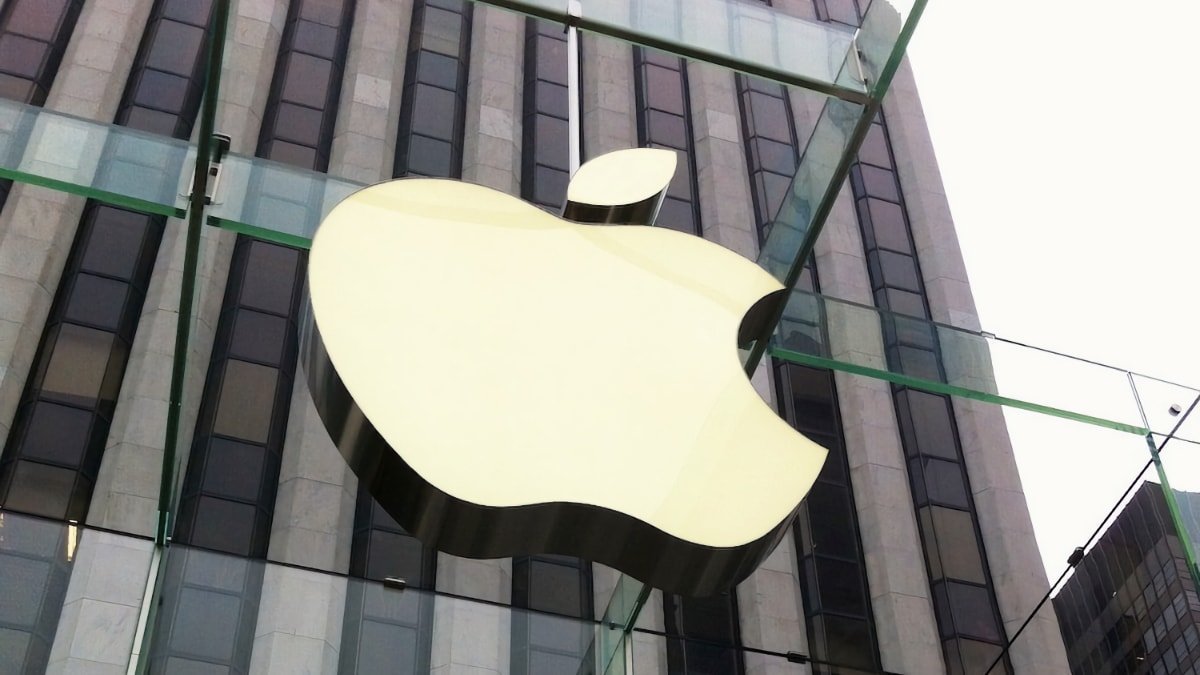
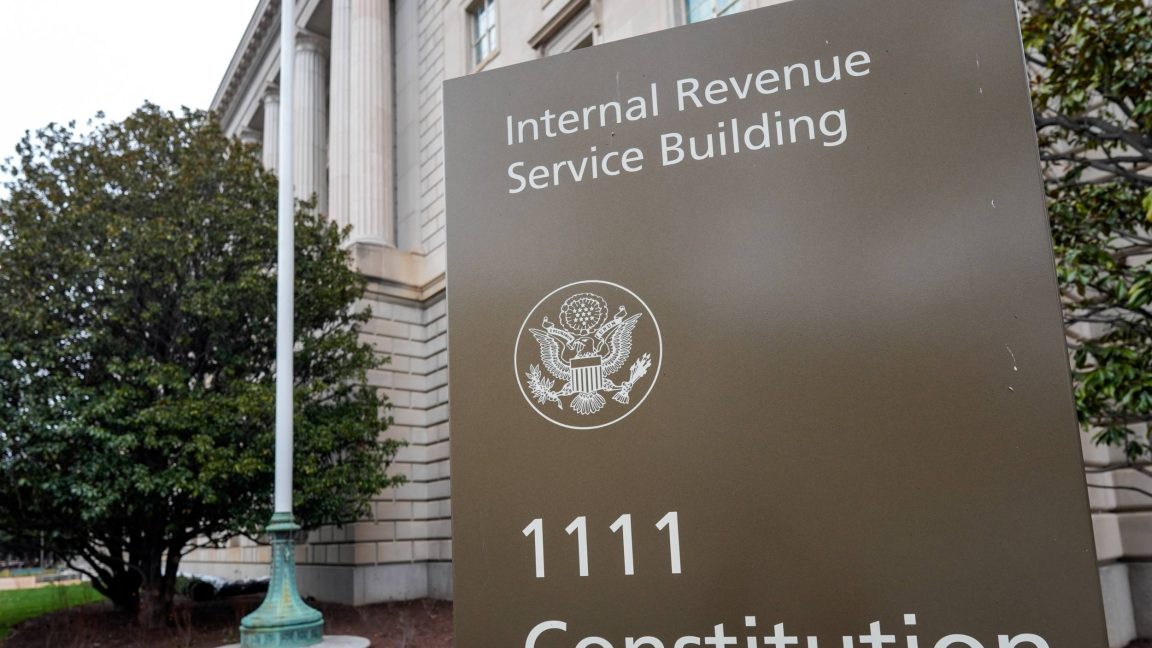



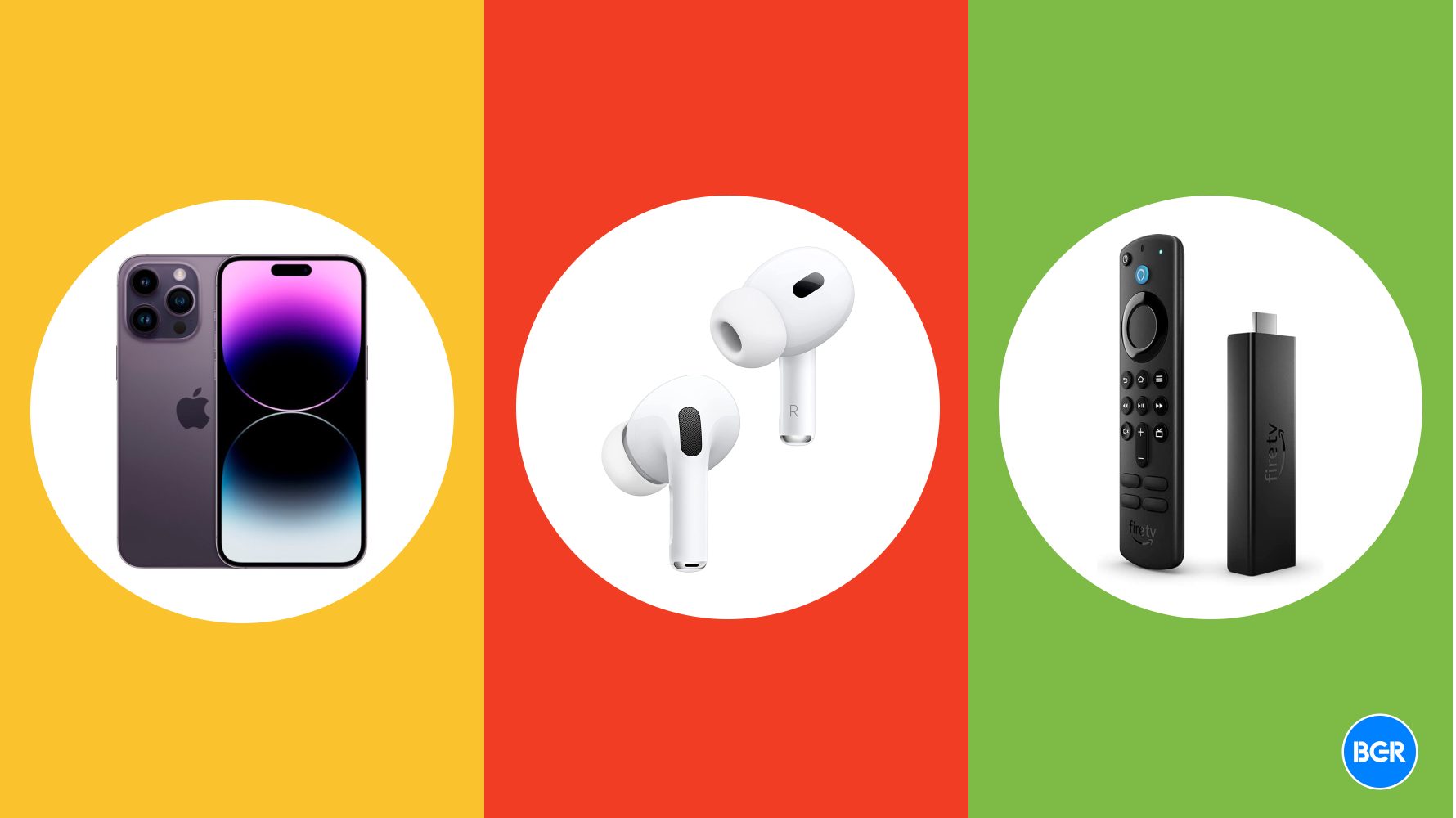


































































.webp?#)
.webp?#)
.webp?#)






























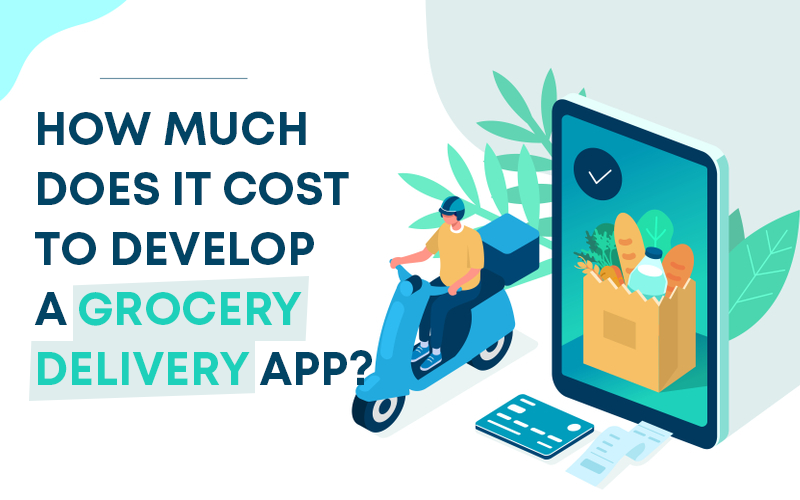














































![[The AI Show Episode 142]: ChatGPT’s New Image Generator, Studio Ghibli Craze and Backlash, Gemini 2.5, OpenAI Academy, 4o Updates, Vibe Marketing & xAI Acquires X](https://www.marketingaiinstitute.com/hubfs/ep%20142%20cover.png)
































































































































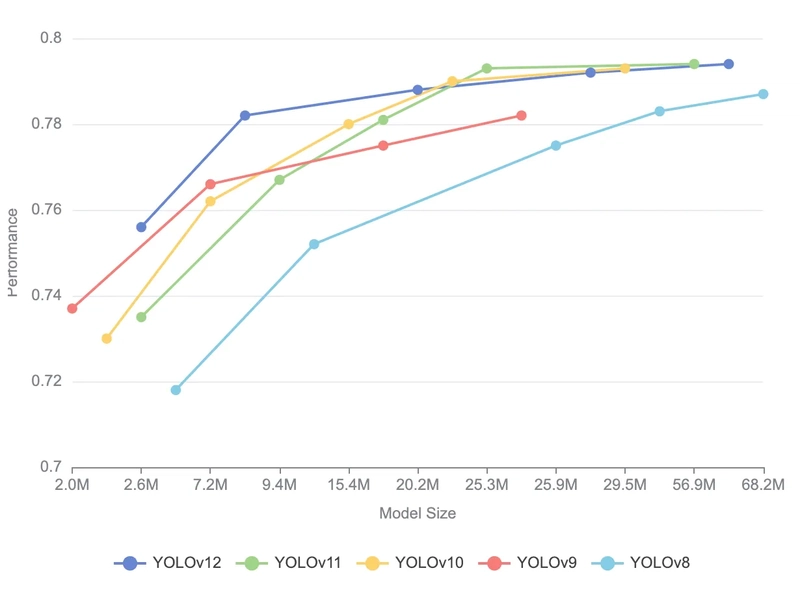
![From drop-out to software architect with Jason Lengstorf [Podcast #167]](https://cdn.hashnode.com/res/hashnode/image/upload/v1743796461357/f3d19cd7-e6f5-4d7c-8bfc-eb974bc8da68.png?#)




![[DEALS] The Premium Learn to Code Certification Bundle (97% off) & Other Deals Up To 98% Off – Offers End Soon!](https://www.javacodegeeks.com/wp-content/uploads/2012/12/jcg-logo.jpg)























-Mario-Kart-World-Hands-On-Preview-Is-It-Good-00-08-36.jpg?width=1920&height=1920&fit=bounds&quality=80&format=jpg&auto=webp#)

(1).jpg?width=1920&height=1920&fit=bounds&quality=80&format=jpg&auto=webp#)








.png?#)
























































